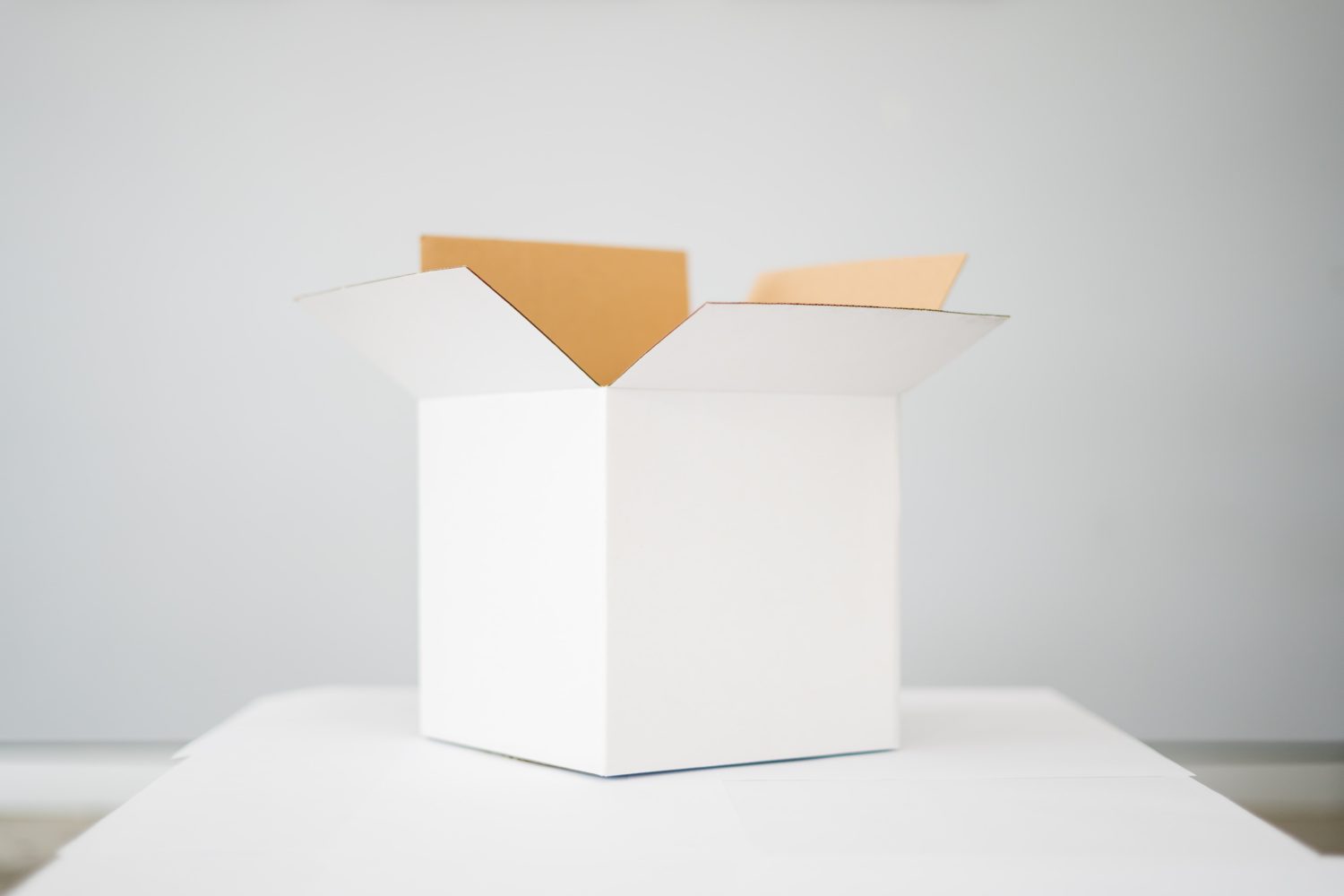Australia’s new patent box scheme is set to come into effect on 1 July 2022.
Further to our earlier article announcing the introduction of the patent box, more details of the scheme have now been released.[1]
As foreshadowed, the patent box is limited to corporate taxpayers conducting R&D in the medical and biotechnology sectors, and also requires that:
- the entity be a legal owner (not a licensee) of an Australian, US or European patent granted after 11 May 2021;[2]
- a therapeutic good containing or consisting of a pharmaceutical substance,[3] or an invention for a therapeutic good, is disclosed and falls within the scope of the claim(s) of that patent; and
- that the entity has its therapeutic good listed on the Australian Register of Therapeutic Goods (ARTG).
The patent box will tax certain income streams derived from eligible patents at a 17% effective concessional corporate tax rate (normally corporate income is taxed at 30%, or 25% for small and medium-sized enterprises (SMEs)). Entities will also need to formally opt into the scheme by the time they file their tax return for the year that entry into the scheme is sought, and opting-in is irrevocable.
In some ways, the new patent box scheme appears to be quite generous, in that entities are eligible if they are an Australian resident, or a resident of another country which carries on a business through a permanent establishment in Australia under a double tax agreement that is in force with the particular country. In addition, the scheme is not limited to Australian patents – granted European and US patents can also be used – and milestone and license payments (as income derived directly from the eligible patent) are eligible income streams.
However, the only entities to benefit are those producing a therapeutic good. Also, for small biotech/pharma companies focussed on R&D who are looking to commercialise through collaboration with “big pharma”, assignment of the relevant IP to the collaborator will exclude them from the benefit. There will also be complexities where, in a corporate group, the owner of a patent is different from the entity which is generating revenue from the patent, and in particular where the patent owner is based overseas and merely licenses the patent to an Australian operating entity.
In addition, according to the formula used to calculate the benefit, the expenditure on any R&D activities conducted overseas is to be deducted. This would include R&D expenditure on activities such as Phase III clinical trials, which are commonly undertaken in countries with larger patient populations, such as the US.
The government has previously suggested extending the patent box to the clean technology sector, and it remains to be seen whether the patent box scheme will be extended to this, and other sectors that depend on R&D, in due course. The government’s focus on entities in the medical and biotechnology space is unusual when compared with patent box schemes in other countries.
[1] Treasury Laws Amendment (Tax Concession for Australian Medical Innovations) Bill 2022.
[2] The original proposal referred to patents with a filing date after 11 May 2021.
[3] Within the meaning of the Patents Act 1990 (Cth).

